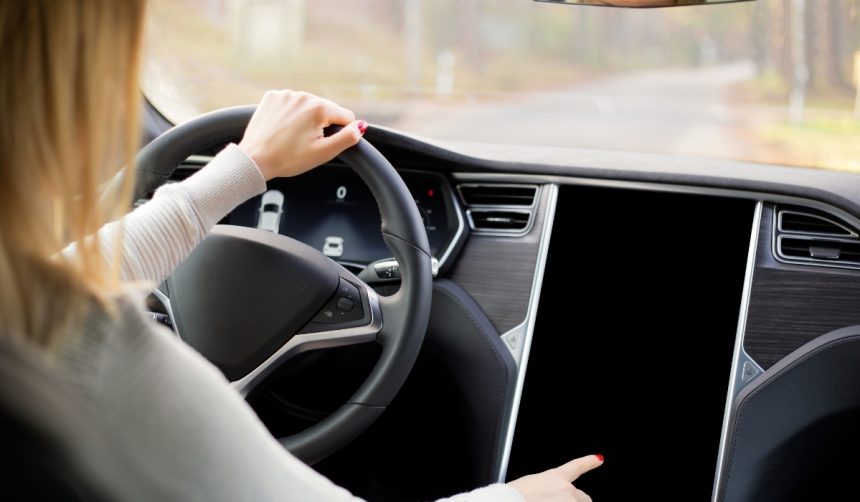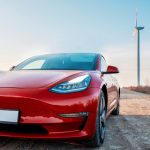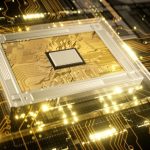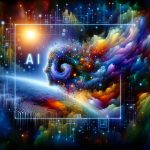Tesla has taken further steps towards realizing its ambition of vehicle autonomy, integrating front-facing cameras into its lineup with recent hardware updates for several models. This move marks Tesla’s continued departure from traditional sensor-based systems, instead leaning on camera-driven capabilities. The new hardware aims to refine features like Autopilot and Actually Smart Summon, reinforcing the company’s bet on vision-based solutions. These changes come amid heightened competition in autonomous driving technology, with industry observers noting differences in approach among major automakers.
Initial announcements from Tesla typically referenced enhanced fields of view and automatic assisted driving features for vehicles such as the Cybertruck, new Model 3 “Highland,” and Model Y “Juniper.” More recent company statements specify that front-facing cameras will support “Enhanced visibility when parking or using Autopilot and Actually Smart Summon capabilities.” This shift reflects evolving expectations for hardware and software integration within Tesla vehicles, as earlier communications focused primarily on the technical benefits to driver assistance, without mentioning specific functionalities for autonomy.
What Motivated Tesla’s Hardware Strategy?
The decision to enhance vehicles with additional cameras demonstrates Tesla’s confidence in a pure vision approach, differing from rivals who commonly combine sensors like radar and ultrasonic with cameras. CEO Elon Musk has stated,
“When your vision works, it works better than the best human because it’s like having eight cameras… there’s no question in my mind that with a pure vision solution, we can make a car that is dramatically safer than the average person.”
The new setup removes reliance on ultrasonic sensors, transitioning to the Tesla Vision system for spatial perception and object recognition.
How Do the Upgrades Impact Driving Features?
The integration of the front-facing camera now supports more advanced iterations of driver assistance technology, including parking visibility enhancements and the Actually Smart Summon feature. Tesla’s Full Self-Driving (FSD) suite, currently supervised, relies heavily on the software’s ability to process camera input for navigation and obstacle detection. The company claims that its evolving occupancy network aids spatial positioning and object differentiation in real time, aiming for improved safety and autonomy features in each new software iteration.
How Does Tesla’s Vision-Only System Compare to Earlier Approaches?
Tesla’s approach shows a growing divergence from competitors, who still use a combination of cameras, radar, and ultrasonic sensors. Automakers like Waymo and Cruise are pursuing sensor fusion strategies, believing that redundancy increases reliability. However, Tesla stands out by betting entirely on vision-based systems, suggesting that rapid software improvements can offset hardware limitations. Past industry feedback tended to question the practicality of eliminating radar and ultrasonic sensors, particularly regarding low-speed maneuvering and object detection.
Industry tracking and analyses had earlier noted that Tesla’s move away from ultrasonic and radar sensors in its vehicles stirred debate. Initial reactions to similar moves in 2021 expressed skepticism regarding sensor redundancy and safety implications. Since then, Tesla continued refining its occupancy network and integrated more cameras to compensate for perceived gaps, positioning itself as a leading example of an automaker relying solely on vision. Observers are watching closely for on-road results, user feedback, and regulatory responses to these vision-only systems.
As Tesla extends its camera-focused architecture across the Model S, Model X, Cybertruck, and latest Model Y, the implications for the evolution of autonomous driving remain subject to real-world proof. The company’s reliance on vision-based technology means that advances in AI software become even more critical for its promised autonomous functionalities. For drivers and industry analysts, staying updated on vehicle firmware and feature releases will be key to understanding the impact of these hardware changes. As automakers take diverging paths on autonomy tech, Tesla’s results could inform best practices and shape future regulatory deliberations.
- Tesla adds front cameras to multiple refreshed models for improved autonomy.
- The company prioritizes vision-based technology over traditional sensor systems.
- Industry awaits evidence on safety and performance outcomes of Tesla’s strategy.










